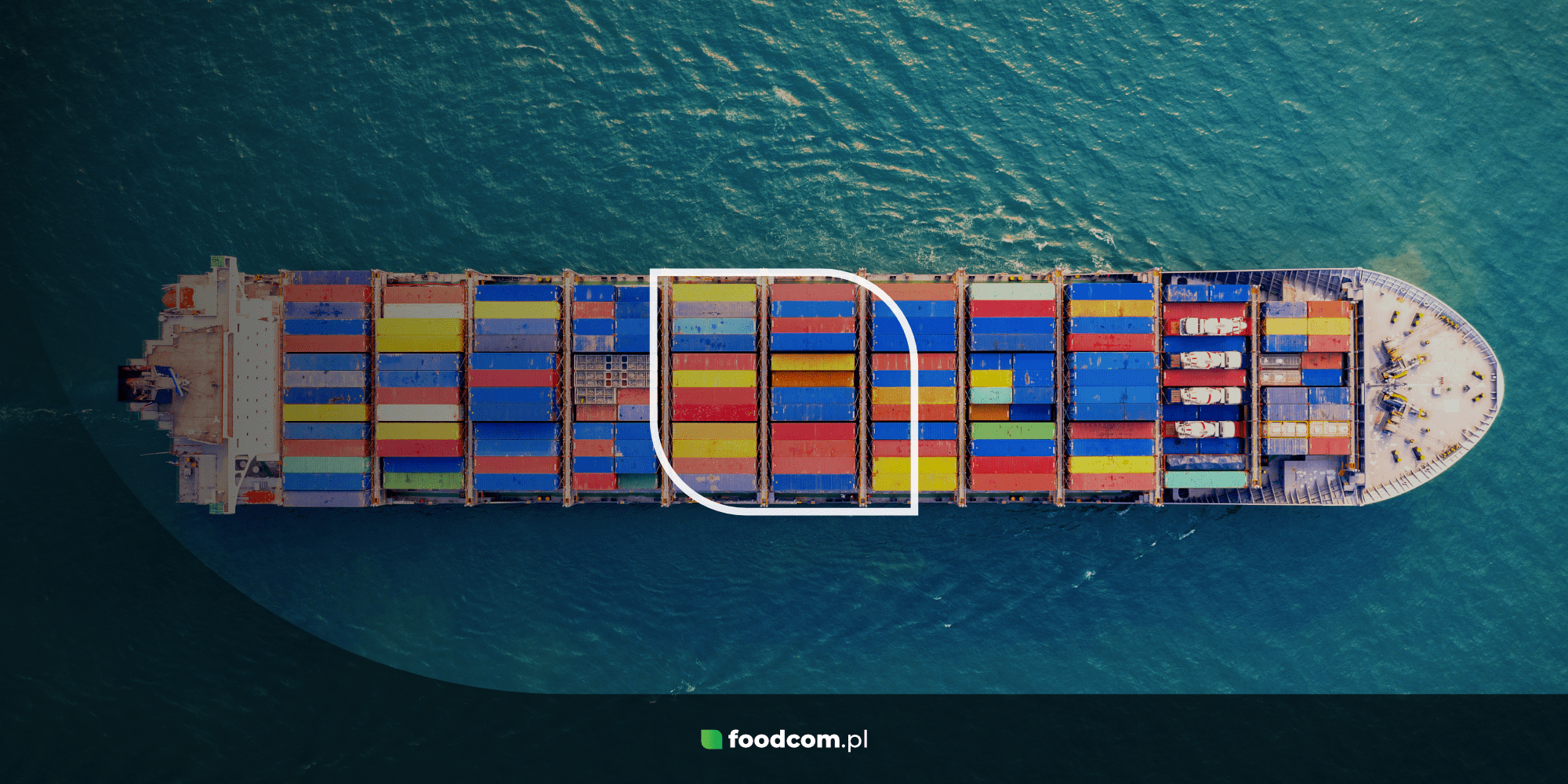- Intermodal transport combines two or more different modes of transportation without handling the cargo itself, increasing efficiency and safety.
- Advantages include cost optimization, flexibility, cargo safety and Incoterms compliance.
- Applications include international trade, transportation of food requiring refrigeration and transportation of industrial goods.
- Cost-effectiveness depends on distance, type of cargo, infrastructure availability and regulations.
Intermodal transport is a concept that is gaining increasing importance in the logistics and transport industry. In an era of globalisation, increasing environmental requirements and the need to optimise freight costs, intermodal transport has become one of the key elements of modern supply chains. In this article, we explain what intermodal transport is, what its advantages are and in which cases it is most profitable.
What is intermodal transport?
Intermodal transport is a way of transporting cargo using at least two different modes of transport (e.g. rail, truck, ship), with a single loading unit, such as a container or semi-trailer, being used throughout the process. The key element is that the cargo is not reloaded when the mode of transport changes – only the way it is moved changes.
This mode of transport differs from traditional carriage, where each stage is done in a different way, often requiring the reloading of goods. Intermodal transport minimises the need for reloading, which significantly reduces the risk of damage to the goods and shortens transport times.
Advantages of intermodal transport
Cost-effectiveness
Intermodal transport allows cost optimisation, especially for long-distance transport. For example, rail, which is more economical than road transport over longer distances, is often used as one stage of intermodal transport.
Flexibility and versatility
The ability to combine different modes of transport makes intermodal transport very flexible. It can be adapted to a wide variety of needs – from food transport to industrial cargo.
Safety of goods
By using containers, the risk of damage to the cargo is significantly reduced. This is particularly important for sensitive products such as refrigerated transport, which requires a continuous cold chain.
Incoterms compliance
Intermodal transport is perfectly in line with the Incoterms (international trade rules), which regulate liability, cost and risk in international trade. Many Incoterms rules, such as FCA or CIP, take into account the possibility of using different modes of transport.
Examples of intermodal transport applications
Transport of foodstuffs and products requiring refrigeration
The transport of food, especially that which requires refrigeration, fits perfectly into the intermodal model. For example, frozen products can be transported in refrigerated containers by sea and then delivered by truck to warehouses. Such refrigerated transport ensures temperature continuity, which is key to maintaining product quality.
Transport of industrial goods
Large quantities of building materials, machinery or industrial components are often transported in intermodal containers. By combining rail and road transport, it is possible to significantly reduce costs and get goods to their destination quickly.
International trade
Intermodal transport is an indispensable part of international trade. The transport of goods from China to Europe is an example of a process that often combines sea and rail and then road transport.
When does intermodal transport pay off?
Intermodal transport is not always the best option. Cost-effectiveness depends on several factors:
The transport distance
Intermodal transport is most cost-effective over long distances, especially when large volumes of goods are involved.
Type of goods transported
If the goods are fragile, require refrigeration or are particularly vulnerable to damage, combined transport using containers may be the best choice.
Transport infrastructure
Using rail or sea transport requires the right infrastructure, such as ports or intermodal terminals. If such infrastructure is available, intermodal transport becomes more cost-effective.
Regulatory and environmental requirements
Increasing requirements to reduce CO₂ emissions are making intermodal transport increasingly attractive to companies that want to meet environmental standards.
Intermodal transport is a modern and ecological solution that is gaining popularity in the transport industry. Its advantages, such as cost optimisation, environmental protection and increased safety of goods, make it particularly viable for long-distance transport of large loads.
However, it is worth remembering that not every situation justifies the choice of this mode of transport. Companies should carefully analyse their logistical needs, the availability of infrastructure and the requirements of the type of goods. Regardless of the challenges, intermodal transport remains a key tool in optimising global supply chains.












